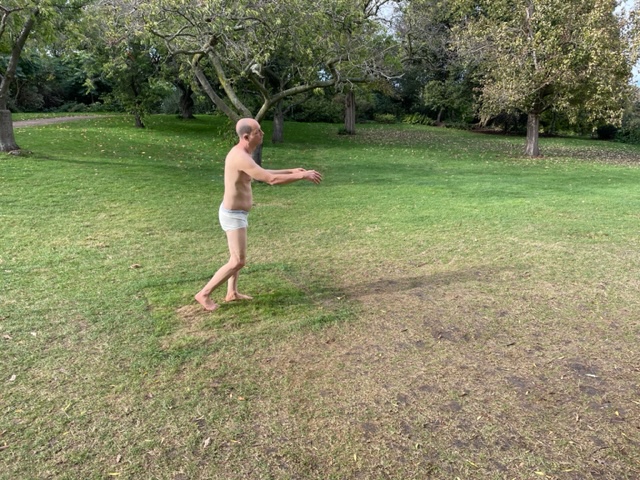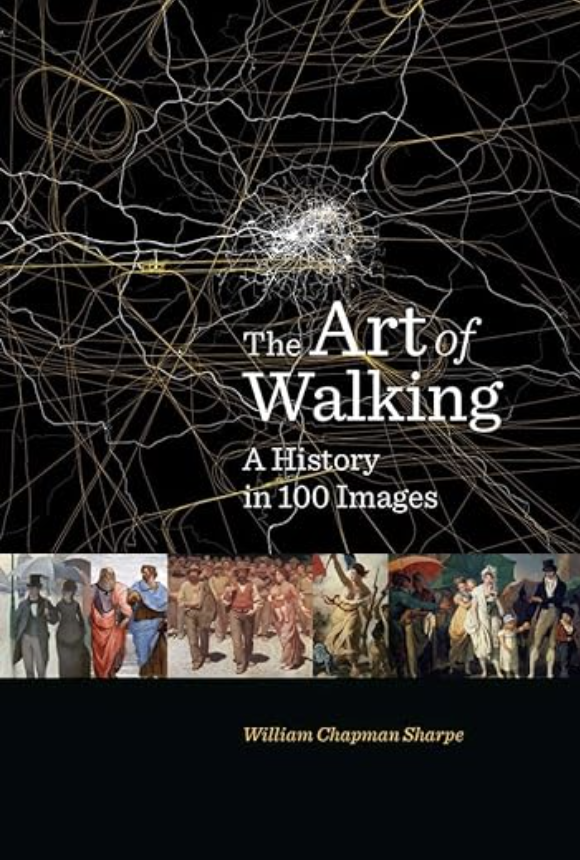A lively and thought-provoking tour of the intertwined histories of art and walking
“A broad-ranging book [that] has something for every rambler.”―Benjamin Riley, New Criterion
What does a walk look like? In the first book to trace the history of walking images from cave art to contemporary performance, William Chapman Sharpe reveals that a depicted walk is always more than a matter of simple steps. Whether sculpted in stone, painted on a wall, or captured on film, each detail of gait and dress, each stride and gesture has a story to tell, for every aspect of walking is shaped by social practices and environmental conditions.
From classical statues to the origins of cinema, from medieval pilgrimages to public parks and the first footsteps on the moon, walking has engendered a vast visual legacy intertwined with the path of Western art. The path includes Romantic nature-walkers and urban flâneurs, as well as protest marchers and cell-phone zombies. It features works by artists such as Botticelli, Raphael, Claude Monet, Norman Rockwell, Agnès Varda, Maya Lin, and Pope.L. In 100 chronologically arranged images, this book shows how new ways of walking have spurred new means of representation, and how walking has permeated our visual culture ever since humans began to depict themselves in art. Published by Yale. £25 UK for hardcover. Published April 2023.
Related

The Art of Walking
We are delighted to have William Sharpe join us as our Café guest. This time last year, his book on The Art of Walking: a history in 100 images was published to wide acclaim. So how did he come to choose which images best represented the art of walking, and what did he choose to leave out, and why?


